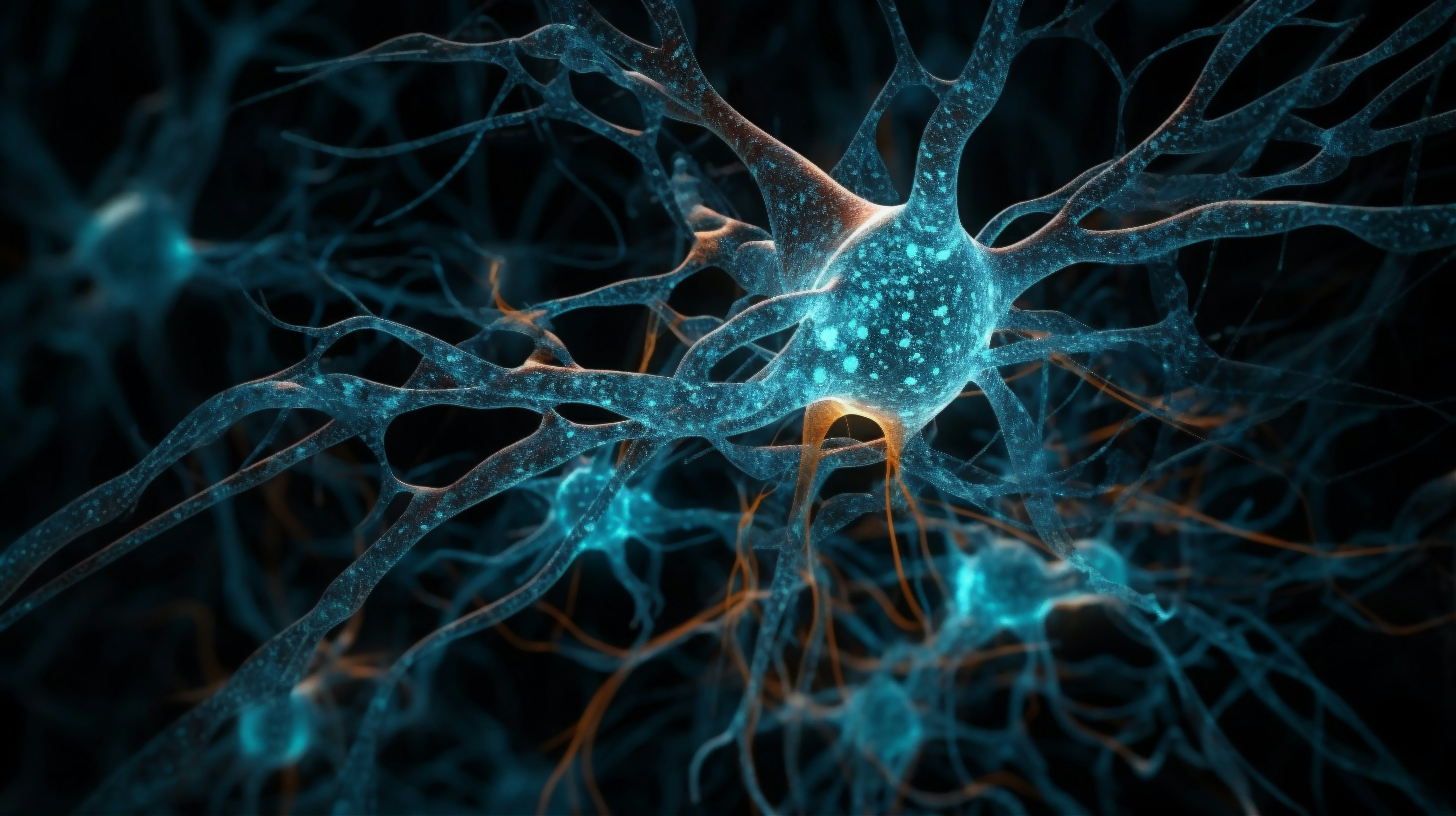
As people die, their brains are widely believed to stop working. However, near-death experiences are common across the world, and experiments have found that dying lab animals experience bursts of brain activity. Now, scientists have revealed they detected the same kind of brain signals in dying comatose patients in the journal Proceedings of the National Academy of Sciences. The new study, the most detailed yet on the dying human brain, may shed light on mysterious phenomena such as near-death experiences.
What we know about cardiac arrest
After "cardiac arrest" — that is, the heart stops—people typically appear to lose consciousness. However, researchers have long questioned whether consciousness actually continues in some covert manner during the dying process.
Previous research suggests 10 to 20 percent of cardiac arrest survivors report near-death experiences, which often involve a feeling of leaving the body, love and light, and spiritual beings. A number of scientists even claim near-death experiences can occur when electrical activity has apparently stopped in the brain.
Experiments on lab animals undergoing cardiac arrest reveal they can experience a surge of so-called "gamma activity." Brain waves are the rhythmic activity of brain cells; they come in a number of frequency bands named after Greek letters. Gamma waves have frequencies ranging from about 20 to 80 cycles per second and are linked with the coordinated brain function seen in people who are awake.
"The word coordinated here is important, as random activity would be more the signature of a dying dysfunctional brain than a brain that is able to produce the rich experience of the near-death experience," Peter Fenwick, a neuroscientist and neuropsychiatrist recently retired from King's College Hospital and the Institute of Psychiatry in London, told Inverse.
What the researchers did
In the new study, researchers used electroencephalography (EEG) to analyze electrical activity in the brains of four dying comatose patients in an intensive care unit before and after doctors withdrew life support with the approval of the patients' families.
Although scientists have previously recorded the activity of a dying human brain, this new work is a first in many ways, study senior author Jimo Borjigin, a neuroscientist at the University of Michigan at Ann Arbor, tells Inverse. None of the prior studies monitored and analyzed both brain and heart signals second-by-second during the entire dying process, nor did they investigate brain signals and their patterns across space and time in as much depth, he explains.
Previous work on the dying brain "comes mainly from animals, which is unhelpful as it has never been taken to this degree of analysis, with multiple electrodes and proper placing of the electrodes to show the widespread nature of the activity," says Fenwick, who did not take part in this research.
Prior research on dying human brains also fell short, "as there has not been comprehensive electrode coverage of the scalp or detailed computer frequency analysis," Fenwick adds. "This study thus opens a new door."
What brain activity reveals about near-death experiences
Two of the four patients experienced a rapid, massive surge of gamma activity in the brain as they died. This burst took place in the temporo–parieto–occipital junctions, which are linked to vision and hearing, and there’s evidence to suggest these junctions are linked to out-of-body experiences too, Borjigin says.
"They show quite clearly that as the life support goes, brain activity continues for a few minutes. The activity is very widespread and involves many of the areas which you might expect to be active in underpinning the consciousness of the near-death experience," Fenwick says.
Gamma rhythms were also seen between temporo–parieto–occipital zones and contralateral prefrontal areas. This may suggest whatever these patients experienced may have been encoded in the form of memories, Borjigin says. If they had survived, this meant they potentially could have recalled these experiences, he explains.
"They show quite clearly that as the life support goes, brain activity continues for a few minutes. The activity is very widespread and involves many of the areas which you might expect to be active in underpinning the consciousness of the near-death experience."
All in all, these findings suggest the human brain can indeed be active during cardiac arrest. "At last, we have been able to follow the dying brain's activity in detail," Fenwick says. "I know of no other study that is as comprehensive as this one."
Still, this new work does raise a number of caveats. "These findings must be very carefully interpreted because there is no evidence whatsoever that these brain activities were correlated with conscious experiences in those dying patients or that these findings could be compared with prospective near-death experience studies in patients who have survived a cardiac arrest and who reported a near-death experience," Pim van Lommel, a cardiologist at Rijnstate Hospital in Arnhem in the Netherlands, who did not participate in this study, told Inverse.
In addition, all four patients had brain damage during previous incidents of cardiac arrest. "Thus, their brains may have been damaged in a particular way which would invalidate this work," Fenwick says. The two patients in whom the gamma surge was seen also had a history of seizures, and so one might argue this gamma activity was related to seizures and not to a near-death experience, he adds.
This was a small study, Borjigin cautions. More studies are needed to determine what brain activity may be linked with near-death consciousness that might explain near-death experiences, he says.
"Perhaps we will no longer be so phobic about including the study of death as a proper scientific subject," Fenwick says.







